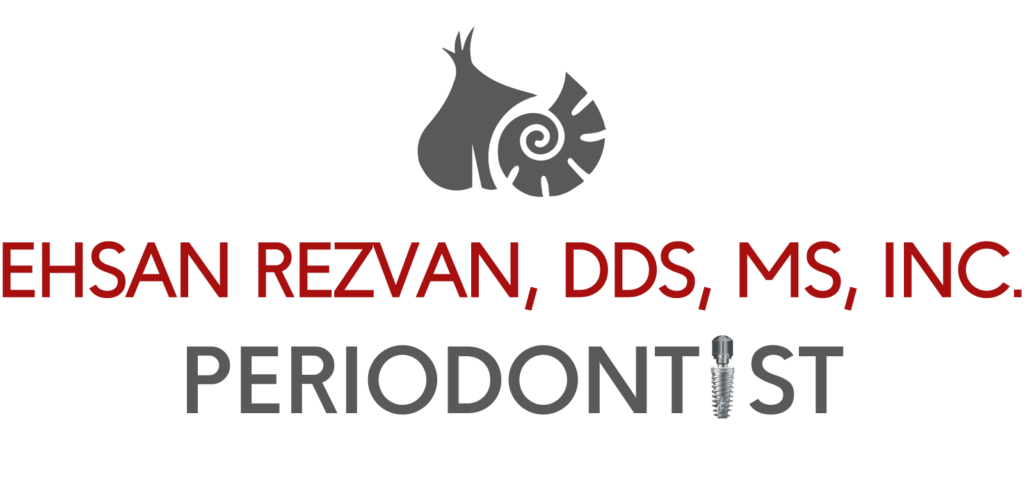To make room for placement of dental implants to the lower jaw, the inferior alveolar nerve (which gives feeling to the lower lip and chin) may need to be moved. This procedure is limited to the lower jaw and indicated when teeth are missing near the two back molars and/or the second premolar. Since there is almost always lasting postoperative numbness of the lower lip and jaw area, this approach is considered aggressive, and other less aggressive options are considered first.
Typically, an outer section of the cheek side of the lower jawbone is removed first to expose the nerve and vessel canal. The nerve is then isolated, bundled, and slightly pulled to the side. As the implant are placed, the neurovascular bundle will be monitored until it is released and placed back over the implants. Lastly, the surgical access is filled with graft material and the area is closed.
Depending upon the individual’s condition, these procedures can be performed separately or together. In the maxillofacial region, bone grafts can be taken from the chin or the third molar region or in the upper jaw behind the last tooth. If needed, a greater quantity of graft material can be taken from the hip or the tibia. We find that using the patient’s own bone for repairs or addition generally yields the best results.
In many cases, allograft material can be used to implement grafting for dental implants. Prepared from cadavers, this bone is used to get the patient’s own bone to grow and fill the repair site. Synthetic materials can also be used to stimulate bone formation, and factors from your own blood can be incorporated to accelerate and promote bone formation in graft areas.
These procedures are performed in a separate surgical suite under IV sedation or general anesthesia, and bed rest is recommended for one day following the surgery.

